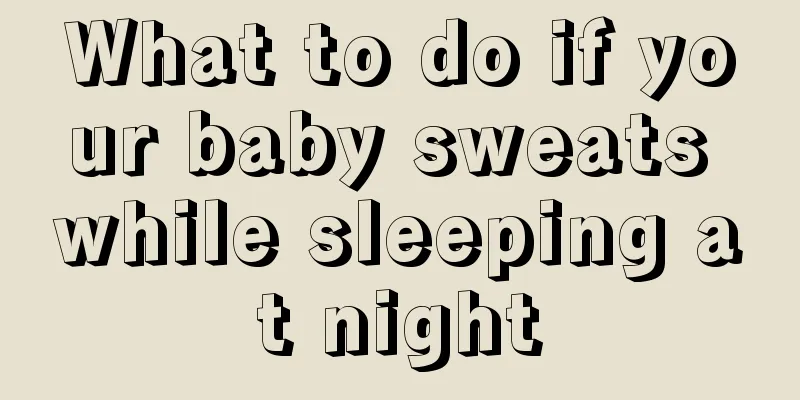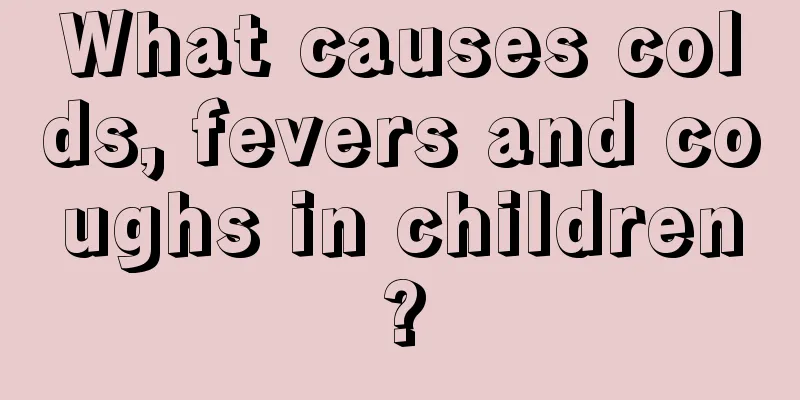What to do if the fontanelle closes late

|
Late closure of fontanelle usually comes from several reasons. First, the patient may have rickets, dementia or rapid growth and development. Vitamin deficiency can also lead to late closure of fontanelle. If the two parts of the baby's skull are not closed, parents need to take their children to the hospital for examination as soon as possible, because the latest closure time should be around one and a half years old. If it has not closed after one and a half years old, you should be careful. Causes Late closure of the fontanelle is common in infants with rickets, hydrocephalus, cretinism and rapid growth, and can be caused by vitamin D and calcium deficiency. diagnosis There are two unhealed areas on the skull of a newborn baby, called the anterior and posterior fontanelles. The anterior fontanelle is a diamond-shaped space formed by the frontal and parietal bones. At birth, it is approximately 1.5-2 cm in size. After birth, the anterior fontanelle enlarges as the head circumference increases, gradually ossifies and begins to shrink after 6 months, and closes at about 1-1.5 years old. The posterior fontanelle is a triangular gap formed by the two parietal bones and the occipital bone. It usually closes within 3 months after birth. If the anterior fontanelle closes for more than 6 months and the posterior fontanelle closes for more than 3 months after birth, it is considered late fontanelle closure. Late closure of the fontanelle is common in infants with rickets, hydrocephalus, cretinism and rapid growth. It can be caused by vitamin D and calcium deficiency. What symptoms can easily be confused with late fontanelle closure? Jumping fontanelle: Jumping fontanelle means that the baby's fontanelle has not closed. The posterior fontanelle usually closes within three months after birth, and the anterior fontanelle closes approximately 1 to 1.5 years after birth. Since the fontanelle is not covered by a hard skull, it should be protected to prevent brain damage. Sunken anterior fontanelle: It is characterized by a sunken anterior fontanelle, often accompanied by sunken eye sockets and decreased urine volume. If children have this symptom, dehydration should be considered. Generally, dehydration can be judged and the degree of dehydration can be estimated based on clinical manifestations such as the anterior fontanelle, eye sockets, skin elasticity, circulation conditions and urine volume. treat If you find that the fontanelle is closed abnormally, you should take your child to the hospital immediately for further examination. Active rickets should be treated actively based on clinical manifestations, with the aim of controlling disease activity and preventing deformities. Mild active stage: Vitamin D 200,000-300,000 IU, once orally or intramuscularly, 1 month later, can be given 1-2 more times, and calcium supplements are given at the same time, 0.5-1 gram each time, 2-3 times a day, for 1-2 months. Moderate to severe active stage: Vitamin D 200,000 to 300,000 IU, orally or intramuscularly once, with an interval of 1 month, and can be given 2 to 3 times. At the same time, calcium supplements are given, 0.5 to 1 gram each time, 2 to 3 times a day, for 2 to 3 consecutive months. Recovery period: Generally, vitamin D is not needed, just get more sun exposure and improve nutrition. However, in winter and spring, vitamin D 200,000 to 300,000 IU can be given orally or intramuscularly once to prevent recurrence. The above therapeutic dose of vitamin D can maintain its effect for 2 to 3 months, so there is no need to give a maintenance dose orally to prevent vitamin D poisoning. Just get more sun exposure. prevention When feeding children food, we must pay attention to the nutritional balance. Babies should be supplemented with calcium and vitamin D, and exposed to more sun. |
<<: Children have fever and joint pain
>>: Baby has a big lump in the breast after weaning
Recommend
What is the treatment for neonatal jaundice?
Neonatal jaundice values are a problem that man...
Consequences of tonsillectomy in children
Tonsils are a small part of tissue in our throat,...
What should I do if my child’s front teeth have cavities? The method is actually very simple
Dental health has a huge impact on people's l...
What are the symptoms of gastroesophageal reflux in children?
The symptoms of gastroesophageal reflux in childr...
What should I do if my child gets prickly heat in summer?
As soon as summer comes, many babies start to get...
What happens when a child holds his breath when he is angry?
In real life, some children are very temperamenta...
My baby has bad breath, what's going on?
Nowadays, many parents report that their babies h...
What should I do if my baby has bronchitis and is a little short of breath?
There are many symptoms of tracheitis. First, it ...
Do I still need to take folic acid after three months?
Folic acid is very important for pregnant women, ...
How do primary school students exercise
It is very necessary for primary school students ...
Precautions for children with epiphyseal damage
When children are young, they tend to be more act...
What to do if you are allergic to milk
Many babies are allergic to milk due to physical ...
The child urinates a little
Since children do not have the ability to urinate...
What diseases can high platelet count lead to?
Our children's bodies are relatively weaker t...
Why do children hold their breath?
Holding breath in children is an abnormal reactio...









